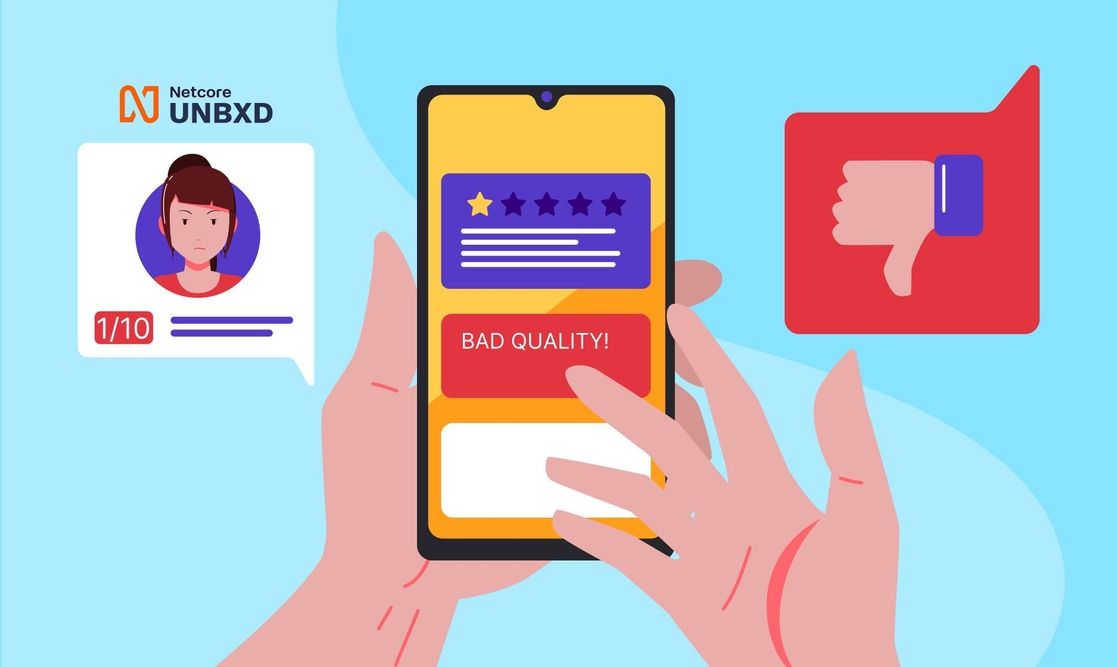- ProductsSearch and BrowseRecommendations
- Solutions
- Integrations


Amazon attributes almost 35% of its conversions to product recommendations. However, it may take work to recommend products effectively for relatively new players.
Although automated recommendation engines have made it possible to show personalized recommendations to visitors, optimizing their functionality remains a challenge.
Merchandisers make common mistakes while recommending products, and simple corrective measures such as analyzing performance, A/B testing, etc., can significantly improve your bottom line.
In this post, we've highlighted a few product recommendation mistakes and addressed ways or solutions to optimize your AI recommendation engine.
Mistake 1: Not showing the right recommendations on the right pages

So you've started using recommendation widgets to show more products to your visitors, but people need to click on your recommended products.
What's going wrong?
Simply put, you may not be showing the right products at the right time to your visitors. It's important to understand that the shopper's psychology is directly related to your recommendations.
For instance, showing complementary products like "ties, belts or pants" on a shirt's search result page becomes irrelevant for the visitor whose original intent was to purchase a "shirt."
Instead, showing category bestsellers on the search results page will help visitors narrow down to the right products.
Dogfunk, an online retailer that sells snowboard gear and apparel, shows different products, like sunglasses, jackets, etc., on the watches search results page. A better recommendation would be to show the top-selling watches on this page.
Mistake 2: Overwhelming a page with recommendations

Most retailers provide a lot of choices to visitors, thinking it would lead to more sales. They're wrong. Too many options could lead to a phenomenon known as the paradox of choice.
Let me give you an example. A visitor visits your site to purchase a "checked shirt" and lands on the product page. This page contains 'More like these,' 'People who bought this also bought,' and 'top sellers' widgets which are way too many recommendations on a single page.
You must be clear about the strategy behind your recommendations and show only the most relevant products per page to ensure everything is clear. Visitors who have more choices convert less. Personalized product recommendations have a higher conversion rate.
'Less choice means less confusion.'
It's as simple as that! Snapdeal is India's largest online marketplace, showing too many recommendations on the product page.
Mistake 3: Missing the metrics

Many eCommerce merchants focus on achieving business objectives through product recommendations but pay less attention to performance. Unfortunately, this prevents them from understanding what works and doesn't work for their site.
Reports and analytics give you an insight into how your recommendation widgets are doing and prompt you to optimize your strategy accordingly.
For example, Unbxd's Merchandising Dashboard gives you in-depth insights into the performance of your recommendation widgets. The reporting section contains multidimensional reports which allow you to slice data based on category, brands, locations, price, interest, behavior, etc. In addition, it involves key metrics such as impressions, click-throughs, conversions, etc., making it extremely simple to understand how product recommendations impact your conversions.
Mistake 4: Lack of A/B testing

Some merchandisers often ignore A/B testing as a practice while testing recommendations. However, as a merchandiser, it's essential to optimize and test small details like the number of recommendations per page, the look and feel of widgets, their positioning, etc.
A/B testing these parameters will give you an idea of how your visitors respond to such changes. A simple example is the Carelogger website, which increased its conversion rate by 34% simply by changing the sign-up button color from green to red!
Similarly, you can A/B test different recommendation parameters and optimize product recommendations on your site.
As Optimizely puts it, "A/B testing takes the guesswork out of website optimization and enables data-backed decisions that shift business conversations from "we think" to "we know."
Mistake 5: Recommendation engines don't align with the merchandiser's needs
Many recommendation engines use widgets to show personalized recommendations. However, merchandising efforts help optimize site performance by letting you apply rules to achieve various business objectives such as landing pages, page testing, etc.(mention a couple more)
For instance, if your business aims to clear high-stock products, you can promote these products while recommending similar products to your visitors. Aligning your recommendations with merchandising helps in optimizing overall business performance.
Mistake 6: Restricting recommendations to product pages
Treat your visitors' shopping experience as a step-by-step process. You can capitalize on their shopping impulse at each step by displaying personalized and relevant product recommendations. For instance, when a visitor lands on your site, show him personalized products with widgets like 'Recommended for you' or 'You recently viewed.' This will enhance your on-site experience and make it easier to find the products you want. Similarly, you can show specific recommendation widgets on your product recommendations page, search results page, and cart recommendations page.

When using product recommendations on your site, keeping in mind, the above red-light factors will help you optimize your recommendations and avoid the common pitfalls most merchandisers get stuck in. Head here to learn more about what recommendation tools can do for you.